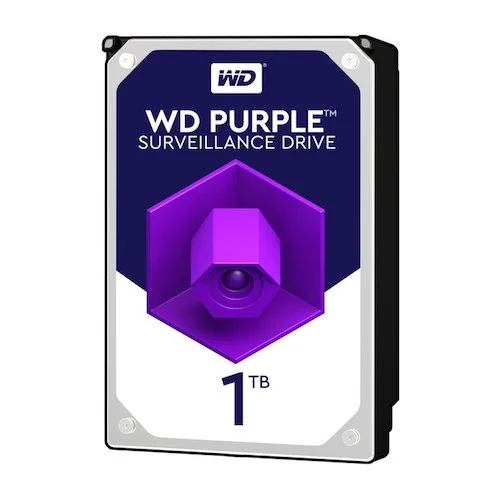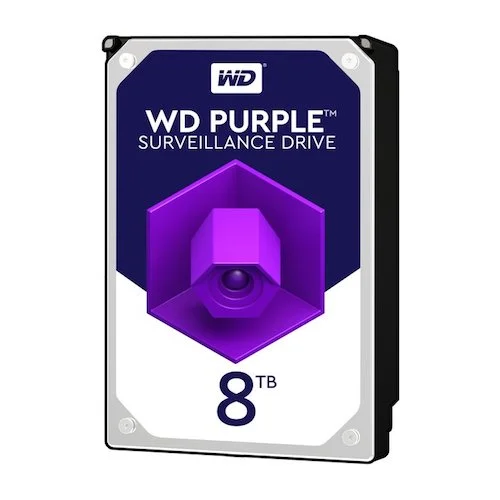A Network Video Recorder (NVR) can be used for the management and control of IP cameras and the secure storage of IP camera video images on an internal hard drive. Sometimes the images of an IP video intercom doorbell can also be saved.
IP cameras can often be connected directly to the NVR and, if the NVR has PoE ports, can also be supplied with power using the same network cable. The number of IP cameras that can be connected depends on the number of channels of the NVR. IP cameras can also be connected to an NVR via the network. For example, the images from WiFi IP cameras can also be recorded with an NVR. If IP cameras are connected to an NVR via the network, the NVR must be connected to the network with a network cable. There are also NVRs with built-in WiFi to connect to WiFi IP cameras. A WiFi NVR often needs to be connected to the network with a network cable.
An NVR connected to the network can be accessed with a PC or Mac via the network. This can be done via a browser or client software on the PC or Mac. A mobile app can often be used to access the internet and operate the basic functions of an NVR. An NVR can also work as a stand-alone system if the IP cameras are connected wired to an NVR or wirelessly to a WiFi NVR. The NVR is then operated with a USB mouse (usually included) and a monitor connected to the NVR (not included). An NVR has space for one or sometimes several hard drives of a certain size. A hard drive often has to be ordered separately. We recommend the use of special surveillance hard drives. The manufacturer usually has a hard drive calculator available for download to help you make the right choice of a hard drive. For example, the size of a hard drive can be calculated for a desired retention period of the images before they are overwritten by the NVR.
Some advantages of an NVR compared to a microSD card in the camera are the possibility of a much longer retention period of images, the central management of IP camera images and the possibility of placing an NVR in a safe place to prevent physical theft of images. to go.
Important when choosing an NVR is, among other things, the maximum supported input and output resolution, incoming and outgoing bandwidth, number of channels, PoE, alarm inputs and outputs, maximum number of hard drives and size per hard drive. To prevent physical theft of an NVR and the stored images, we recommend an NVR safe. We are distributor Arcas Olle: a manufacturer of high-quality NVR safes. The recorder safes can be found under the category Cabinets & Safes.




















